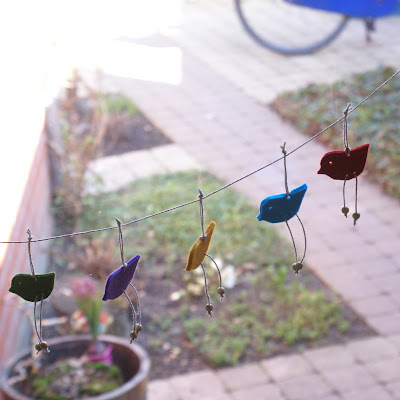Este tecido artesanal português é 100% lã, apresenta alta durabilidade e resistência. As qualidades do burel provêm do seu particular processo de fabrico: a lã, depois de lavada e fiada, vai ao tear para ser urdida. Após a tecelagem, é colocada no pisão, uma máquina que bate e escalda a lã de modo a tornar o pano mais compacto e resistente.
O burel sempre acompanhou a vida na Serra: cada família produzia as suas peças para uso doméstico, sendo que o artigo que adquiriu maior expressão cultural foi a capa utilizada pelos pastores.
Hoje em dia, e numa tentativa de não deixar morrer esta industria, a utilização deste material está a ser reinventada, sendo utilizado em peças de vestuário e acessórios contemporâneos, peças para o lar e até brinquedos.
Não posso deixar de fazer uma referência especial os feltros 100 % lã com coloridos que recentemente foram lançados no mercado.
Espero que quando voltar tenha muita coisa para contar.
BOA PÁSCOA!
I'm going on holiday to “Serra da Estrela”. Besides the obvious intentions of rest, fun and snow for the children, also take the idea to visit the woolen mills that are still labouring in the region and see where the material for my work comes from.
“Burel”, is a highly resistant and durable traditional Portuguese fabric made from wool. The durability of this fabric comes from the way in which it is made: the wool is washed, spun, and then woven into a fabric which is then pounded and scalded, making it more compact and resistant.
“Burel” has traditionally been an integral part of life in the mountains: each family would be responsible for making their own clothes from this fabric. Burel is most well known for its use as a shepherd’s cape.
Nowadays in an attempt to not let die this industry, the use of this material is being reinvented in clothing and accessories contemporary, pieces for the home and even toys. I must make special mention of the 100% wool colourful felts which were recently presented.
I hope that when I come back, have a lot to tell.
GOOD EASTER!

















































